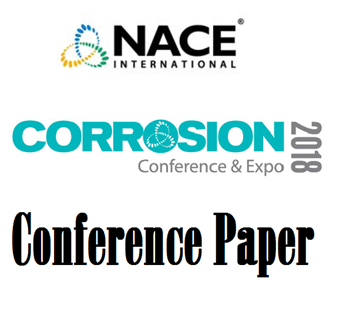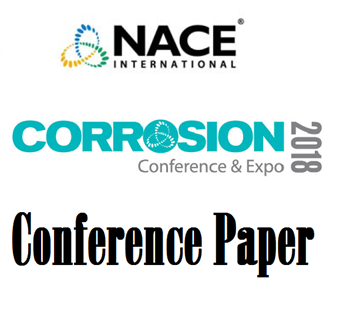Search
51318-11199-The Effect of Impurities and Pressure on Oxidation in CO2 at 700°-800°C
Also Purchased
51318-11201-EFFECT OF ANNEALING TEMPERATURE ON PITTING CORROSION BEHAVIOR OF A LEAN DUPLEX STAINLESS STEEL
Product Number:
51318-11201-SG
Publication Date:
2018
$20.00
51318-11200-Alloy 699 XA: A new Alloy for Application in Petrochemical Industry under Metal Dusting Condititions
Product Number:
51318-11200-SG
Publication Date:
2018
$20.00
51318-11204-Nondestructive Evaluation for Yield Strength and Toughness of Steel Pipelines
Product Number:
51318-11204-SG
Publication Date:
2018
$20.00




